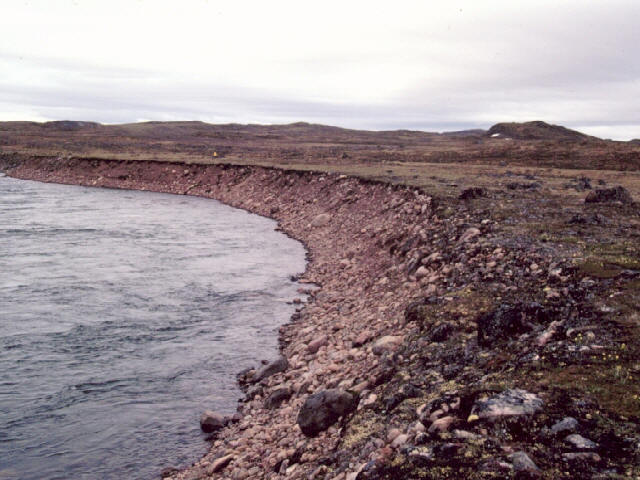Fluvial deposits of sand and gravel are those formed in running streams and rivers. A relatively fast flowing water is required to produce clean, silt and clay free deposit. The quality and quantity of the deposit is variable, depending on provenance, and on availability of source material upstream.
There are two types environments in which fluvial deposits occur: active river bed, and abandoned sand and gravel bars in a meandering floodplain. Rivers such as the Ohio and Hudson rivers are actively dredged, not only for sand and gravel, but to deepen the navigational channel. Not all the dredged material is usable, and much is disposed in dredge spoils. The material may be unusable due to: poor quality stone and sand particles; excessive fines; and pollution contaminants. Flood control structures may trap the sediment, preventing replenishment and continued mining.
Similar considerations apply to fossil sand and gravel bars, except perhaps the absence of pollution contaminants.

River terrace deposit, Ikaluit, NWT